Wide Lens What Is The Best Filter System ?
The best filter system for a wide lens depends on the specific lens and the type of photography being done. Some popular filter systems for wide lenses include the Lee Filters system, the NiSi Filters system, and the Haida Filters system. These systems offer a range of filters, including neutral density filters, graduated neutral density filters, polarizing filters, and color filters. It is important to choose a filter system that is compatible with the diameter of the lens and offers high-quality filters that do not degrade image quality. Additionally, it is important to consider the type of photography being done and choose filters that will enhance the desired effect, such as reducing glare or enhancing color saturation. Ultimately, the best filter system for a wide lens will depend on the individual photographer's needs and preferences.
1、 Screw-in filters
When it comes to using a wide lens, the best filter system is undoubtedly the screw-in filters. These filters are easy to use and offer a high level of convenience to photographers. They are also relatively affordable and can be easily replaced if damaged or lost.
Screw-in filters come in a variety of types, including polarizers, neutral density filters, and UV filters. Polarizers are particularly useful for wide-angle lenses as they help to reduce glare and reflections, resulting in more vivid and saturated colors. Neutral density filters are also useful for wide-angle lenses as they allow photographers to use slower shutter speeds, resulting in smoother and more blurred motion in images.
One of the latest developments in screw-in filters is the use of nano-coatings. These coatings help to reduce reflections and improve the overall clarity of images. They also make the filters more durable and resistant to scratches and other types of damage.
Another advantage of screw-in filters is that they are compatible with a wide range of lenses. This means that photographers can use the same set of filters across multiple lenses, saving both time and money.
In conclusion, if you are looking for the best filter system for your wide lens, screw-in filters are the way to go. They offer a high level of convenience, affordability, and compatibility with a wide range of lenses. With the latest developments in nano-coatings, screw-in filters are becoming even more durable and effective at improving the quality of images.

2、 Square/rectangular filters
For wide-angle lenses, the best filter system is square/rectangular filters. This is because circular filters can cause vignetting, which is when the corners of the image become darker than the center. Square/rectangular filters, on the other hand, cover the entire lens and do not cause vignetting.
In addition, square/rectangular filters offer more flexibility in terms of filter types and combinations. They can be stacked on top of each other to achieve different effects, such as a graduated neutral density filter combined with a polarizing filter. This allows photographers to have more control over the final image.
The latest point of view is that square/rectangular filters are still the preferred choice for wide-angle lenses, but there are now more options available in terms of filter materials. For example, some filters are made from high-quality glass that offers better clarity and color accuracy than traditional resin filters. There are also filters with anti-reflective coatings that reduce glare and improve contrast.
Overall, if you are using a wide-angle lens, it is recommended to invest in a square/rectangular filter system for the best results. With the flexibility and variety of filter options available, you can achieve the desired effect and enhance the quality of your images.
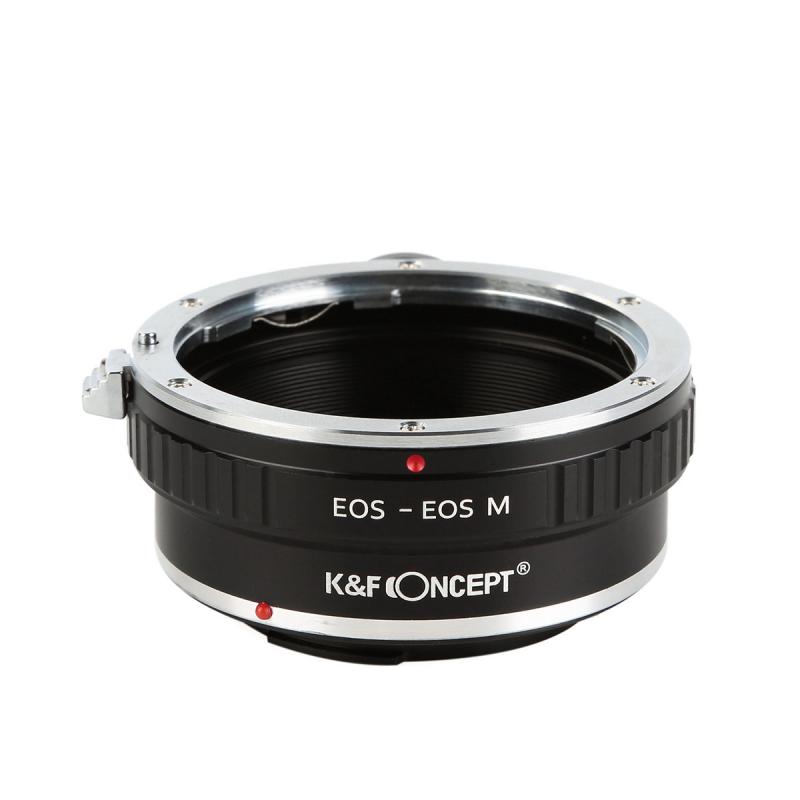
3、 Drop-in filters
For a wide lens, the best filter system would be drop-in filters. Drop-in filters are designed to fit into a specific slot in the lens barrel, which allows for easy and quick filter changes without having to remove the lens from the camera. This is especially useful for wide lenses, as they often have large front elements that make it difficult to use traditional screw-on filters.
Drop-in filters come in a variety of types, including neutral density, polarizing, and color filters. They are also available in different sizes to fit different lens barrels. Some popular brands of drop-in filters include Lee Filters, Singh-Ray, and Nikon.
One of the latest developments in drop-in filters is the use of magnetic filter holders. These holders use strong magnets to hold the filter in place, which eliminates the need for a traditional filter holder. This makes it even easier to change filters quickly and efficiently.
Overall, drop-in filters are the best filter system for wide lenses due to their ease of use and compatibility with large front elements. With the latest advancements in magnetic filter holders, they are becoming even more convenient and practical for photographers.

4、 Magnetic filters
Wide lens photography requires a filter system that can accommodate the large diameter of the lens and provide optimal image quality. In recent years, magnetic filters have become increasingly popular among photographers due to their convenience and versatility.
Magnetic filters use a magnetic attachment system that allows filters to be quickly and easily attached and removed from the lens. This eliminates the need for filter holders and adapter rings, making it a more compact and streamlined solution for wide lens photography.
One of the main advantages of magnetic filters is their ability to maintain image quality. Traditional filter systems can cause vignetting or image degradation, especially when using wide lenses. Magnetic filters, on the other hand, sit flush against the lens and do not obstruct the field of view, resulting in sharper and more accurate images.
Another benefit of magnetic filters is their compatibility with a wide range of lenses. With traditional filter systems, different adapter rings are required for each lens, which can be time-consuming and expensive. Magnetic filters, however, can be used with any lens that has a magnetic mount, making it a more versatile and cost-effective solution.
In terms of the latest point of view, magnetic filters have continued to evolve and improve. Some manufacturers have introduced magnetic filter systems with multiple layers of coatings to reduce reflections and improve color accuracy. Others have developed magnetic filter systems with built-in polarizers, allowing photographers to adjust the polarization of light without having to swap out filters.
Overall, for wide lens photography, magnetic filters are a convenient and effective solution that provides optimal image quality and versatility.
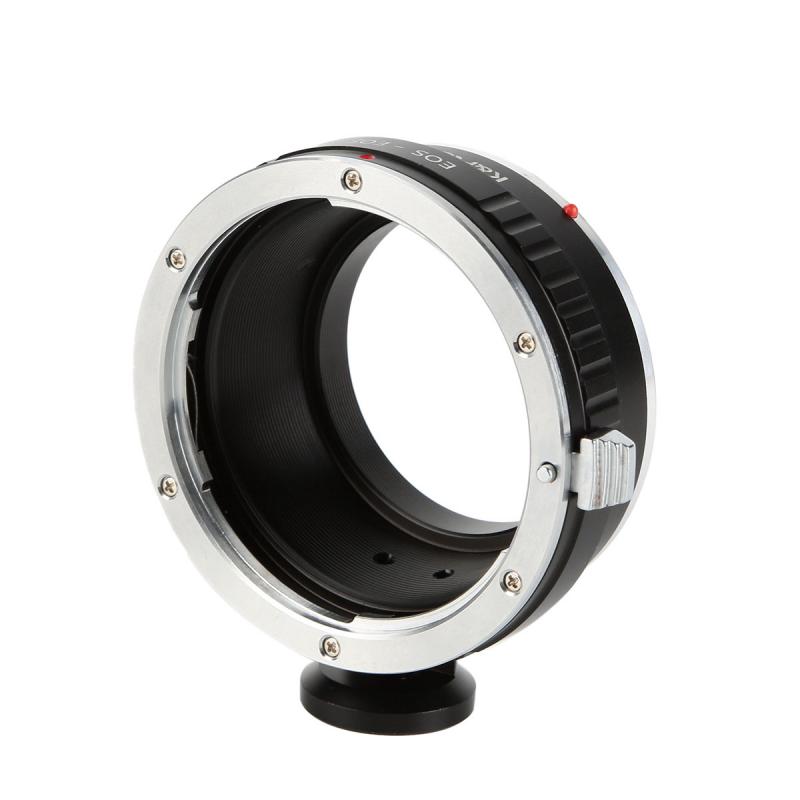


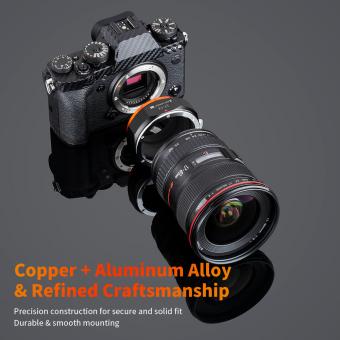


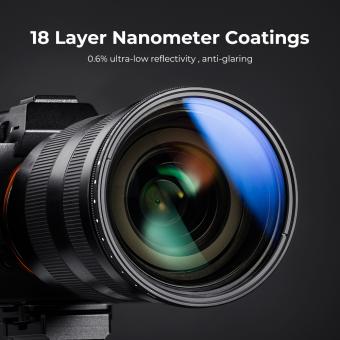

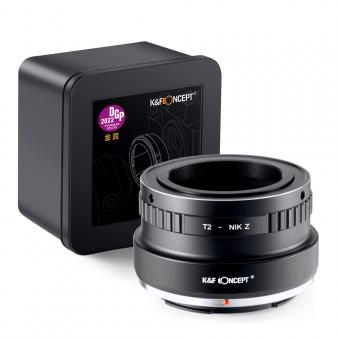





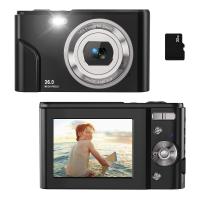
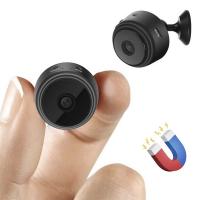





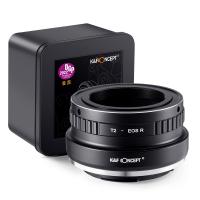
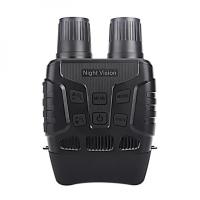





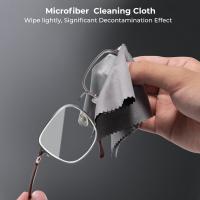



There are no comments for this blog.